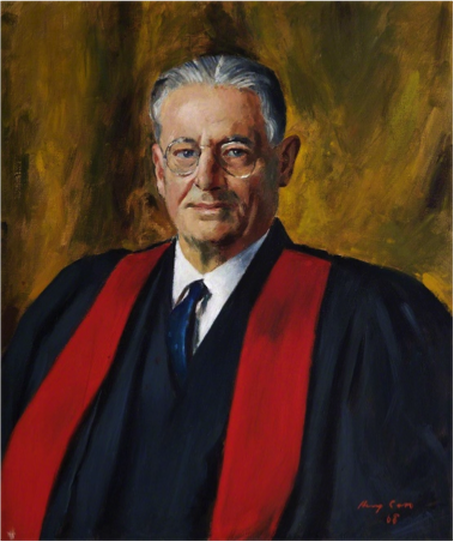Lincoln Leads
The Lincoln Leads Seminar Series is a MCR Academic Team project staged during Hilary terms at Lincoln College, Oxford. Each series features 18 to 24 speakers across six to eight seminars, with each panel comprising of a Fellow, an Alumnus/a, and a Graduate student of the College. During each seminar, the speakers respond to a topical question relating to their academic, professional or personal experience, before opening the conversation to the audience for questions and debate. The series showcases the exciting and diverse expertise the College can bring together through its affiliates, and makes it accessible to non-specialist audiences from Oxford and beyond. The series provides a valuable opportunity for graduate members of the MCR to present their ideas and arguments alongside prominent Fellows and Alumni of the College and for attendees to engage in stimulating exchanges. Each seminar is preceded by a wine reception, allowing audience members a further opportunity to engage with speakers and discuss the evening’s topic with fellow attendees. For more information on past iterations of the series, check out our website, Facebook page, and Instagram page.


